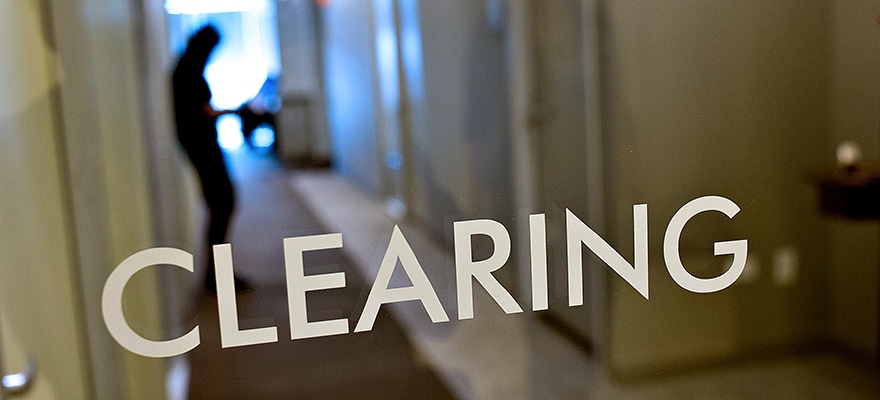The London Stock Exchange Group highlighted that only 7% of euro-denominated interest rate swaps that it cleared last year came from the European Union as regulators discuss possible relocation of clearing after Brexit.
https://twitter.com/LSEGplc/status/969469503875756032
The UK exchange said today in its preliminary results for the year ended 31 December 2017 that SwapClear, part of its LCH clearing house, cleared $854 (€693) trillion in notional last year, an increase of 31% year-on-year.
David Warren, chief financial officer and interim group chief executive, said in a presentation that more than half, 52%, of SwapClear volume was in US dollars and 27% in euros. Only 7% of the euro swaps originate in the European Union. He added that SwapClear clears 18 international currencies and is the only European-based CCP qualified to clear the Futures Commission Market in the US.
https://twitter.com/LCH_Clearing/status/969474590022959104
The European Union has proposed that systematically important clearing houses that clear euro derivatives have to be located in the trading bloc after the UK is leaves the European Union.
The Brexit unit of The Institute of Economic Affairs said in a report last month, London’s Global Reach and the Half a Trillion Dollars Equity Prize, that three quarters of euro clearing takes place in London and one tenth in Paris.
Economist Dr Gerard Lyons said in the report: “London is where the liquidity is, where multiple global currencies are cleared and where banks can make effective use of their capital. In Paris, or Frankfurt, liquidity would be lower and bid-ask spreads subsequently higher.”
Rival Eurex Clearing, part of Deutsche Börse Group, reported that the average daily volume cleared in over-the-counter interest rate swaps increased to €35bn in January, versus €5bn last year. In October last year the clearer introduced a partnership program to share a significant part of the economics of its interest rate swap segment with the ten most active participants. Eurex said the program now has 25 market participants from the US, UK, Asia and Europe.
However Amir Khwaja, chief executive at Clarus Financial, said in a blog that the derivatives analytics provider’s data does not support the view that Eurex gained market share in euro interest rate swap clearing last month.
“We see that Eurex’s monthly share in 2017 varies from a low of 1% to a high of 1.8%, with an average of 1.4%,” said Khwaja. “Against this the 1.3% share in Jan 2018 does not stand out at all.”
MiFID II, the regulations that went live in the European Union last month, was meant to mandate open access so that clearing could be processed at a different venue from trading, but this has been delayed due to the Brexit negotiations.
Warren continued that open access under MiFID II is one of the opportunities for the UK exchange. He said the introduction of MiFID II in January went smoothly and UnaVista and TRADEcho are meeting customer requirements for trade reporting.
“Best execution rules benefit LSE auctions, Turquoise Plato Block Discovery and LIT auctions and smart order routing to fixed income and derivative platforms MTS and CurveGlobal,” added Warren.
Turquoise Plato Block Discovery, the exchange’s MTF, had a 600% rise in total value traded to €54.5bn last year as customers started to adjust their trading strategies ahead of MiFID II by taking advantage of the the waivers from the dark caps for auctions and large blocks. according to the presentation.
MiFID II places volume caps on trading of 4% of daily volume in an individual stock on any single dark venue as well as 8% of total average daily volume across all European dark pools. There are waivers for large-in-scale (LIS) orders and trading in auctions which has led to a boost in volumes of block trades and periodic auctions.
One of the aims of MiFID II is to boost trading on lit venues. Andrew Bailey, chief executive of the Financial Conduct Authority, said in a speech this week: “An important part of this objective is to migrate significant volumes of trading from over-the-counter (OTC) markets towards more transparent trading venues.”
The calculation for the caps were meant to be published last month by the European Securities and Markets Authority and are now due later this month.
Warren said: “Our Open Access approach in partnership with customers will enable us to benefit from MiFID II and to adapt to an evolving regulatory and macroeconomic environment."














